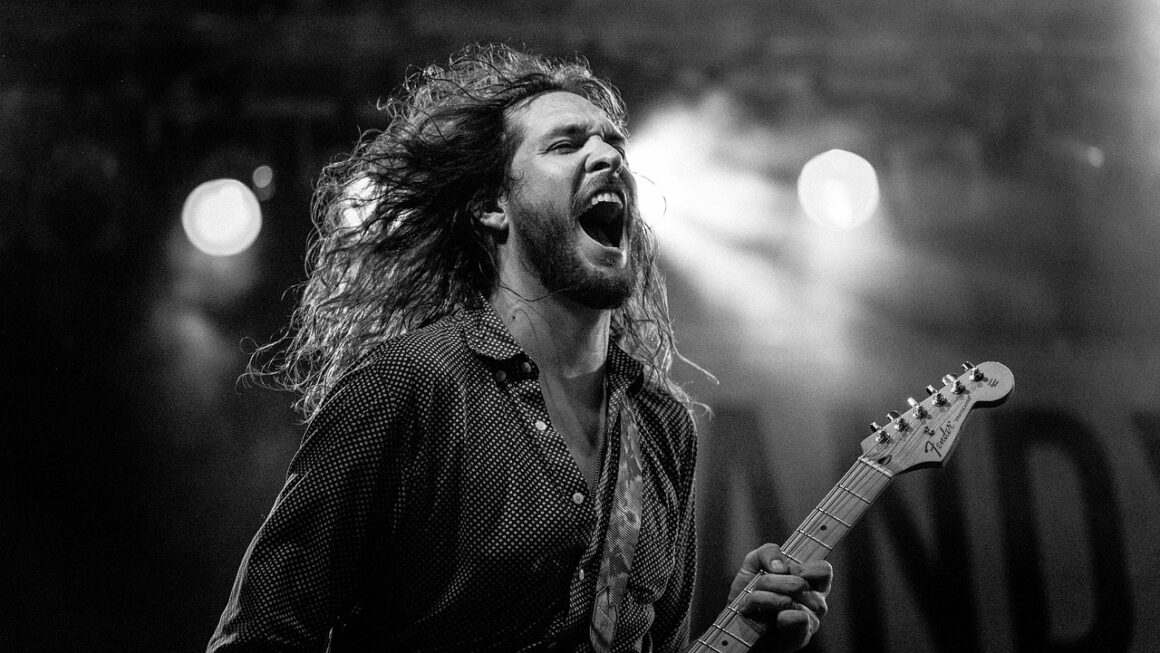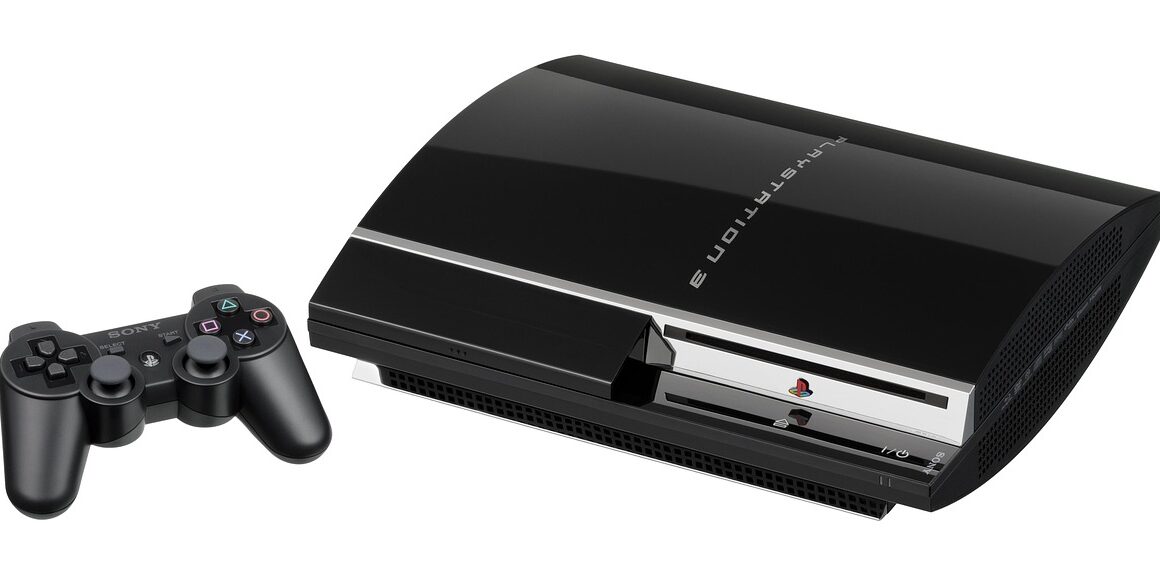Pop culture. It’s the oxygen of our social lives, the soundtrack to our daily routines, and the common ground upon which we build connections. From viral TikTok trends to blockbuster movies, the ever-evolving landscape of pop culture shapes our conversations, influences our opinions, and often reflects the very essence of our society. But what exactly is pop culture, and why does it hold such a powerful grip on our attention? Let’s dive deep into the vibrant and dynamic world of popular culture.
Defining and Understanding Pop Culture
What is Pop Culture?
Pop culture, short for popular culture, encompasses the prevailing trends, ideas, and activities that are widely accepted and enjoyed by a large segment of society at a given time. It’s constantly changing, driven by media, technology, and social interactions. Think of it as a cultural melting pot where art, entertainment, fashion, and language all converge.
- Key Characteristics:
Wide accessibility and popularity
Constant evolution and change
Influence of media and technology
Reflection of societal values and trends
The Evolution of Pop Culture
Pop culture isn’t static; it’s a constantly shifting phenomenon. What was considered cutting-edge in one decade may be nostalgic in the next. The evolution can be traced through distinct periods:
- Early 20th Century: Rise of mass media like radio and movies, creating shared experiences and fostering celebrity culture.
- Mid-20th Century: Television becomes a dominant force, shaping family life and advertising. Rock and roll music emerges as a powerful youth movement.
- Late 20th Century: The internet begins its ascent, democratizing content creation and distribution. Music videos and MTV redefine the music industry.
- 21st Century: The digital age explodes with social media, streaming services, and influencer culture. Personalized content and instant communication become the norm.
Why Does Pop Culture Matter?
Understanding pop culture is crucial for several reasons:
- Social Connection: It provides common topics of conversation and shared experiences, fostering social bonds.
- Reflection of Society: Pop culture often mirrors societal values, anxieties, and aspirations. Analyzing it can offer insights into broader cultural trends.
- Influence on Behavior: From fashion choices to language, pop culture influences our behavior and self-expression.
- Economic Impact: Pop culture drives significant economic activity in industries like entertainment, fashion, and technology.
- Historical Record: Pop culture artifacts, like movies and music, serve as a historical record of a particular era.
Key Elements of Pop Culture
Music
Music is arguably one of the most influential components of pop culture. Genres, artists, and songs become anthems for generations, shaping attitudes and trends.
- Examples:
The Beatles’ impact on music and fashion in the 1960s.
The rise of hip-hop culture in the 1980s and its continuing influence today.
The dominance of pop music charts by artists like Taylor Swift and Beyoncé.
The influence of streaming services like Spotify and Apple Music on music consumption.
Film and Television
Movies and TV shows provide shared narratives and create cultural touchstones. They influence our perceptions of the world and often set trends in fashion, language, and behavior.
- Examples:
The “Star Wars” franchise and its enduring cultural impact.
The “Friends” TV series and its influence on fashion and social interactions.
The rise of superhero movies and their dominance at the box office.
The impact of streaming platforms like Netflix and their original content.
Fashion and Style
Fashion is a visual representation of pop culture trends. It’s a form of self-expression and often reflects the prevailing attitudes and values of a particular era.
- Examples:
The flapper style of the 1920s and its association with liberation and modernity.
The punk rock fashion of the 1970s and its rebellious message.
The influence of social media influencers on contemporary fashion trends.
The rise of sustainable and ethical fashion practices.
Social Media and Internet Culture
The internet, particularly social media, has revolutionized pop culture. It allows for the rapid dissemination of information and trends, fostering a global community.
- Examples:
The impact of viral videos and memes on internet culture.
The influence of social media platforms like TikTok and Instagram on trends.
The rise of influencer marketing and its impact on consumer behavior.
The use of social media for social and political activism.
The Impact of Technology on Pop Culture
Accessibility and Democratization
Technology has made pop culture more accessible than ever before. Streaming services, social media platforms, and online marketplaces have democratized content creation and distribution.
- Benefits:
Lower barriers to entry for creators.
Wider reach for niche interests.
Increased diversity of voices and perspectives.
The Rise of the Algorithm
Algorithms play a significant role in shaping our exposure to pop culture. They curate content based on our past behavior and preferences, creating personalized experiences.
- Considerations:
Potential for filter bubbles and echo chambers.
Impact on content discoverability.
Ethical implications of algorithmic curation.
The Metaverse and Virtual Culture
The metaverse and virtual reality technologies are blurring the lines between the physical and digital worlds, creating new forms of pop culture experiences.
- Examples:
Virtual concerts and events.
Digital fashion and avatars.
Interactive gaming experiences.
Analyzing Pop Culture Trends
Identifying Emerging Trends
Staying ahead of the curve in pop culture requires a keen eye for emerging trends. Look for signals in social media, news articles, and online communities.
- Tips for Trendspotting:
Monitor social media platforms like TikTok, Instagram, and Twitter.
Read industry publications and trend reports.
Attend cultural events and festivals.
Pay attention to youth culture and its evolving tastes.
Understanding the “Why” Behind Trends
It’s not enough to simply identify trends; you need to understand the underlying motivations and cultural context.
- Questions to Ask:
What needs or desires does this trend address?
What are the social and cultural factors driving its popularity?
Who are the key influencers and drivers behind the trend?
Predicting Future Trends
While predicting the future is never certain, you can use historical data and current trends to make informed guesses.
- Strategies for Prediction:
Analyze past trends and identify patterns.
Consider the impact of technology and innovation.
Monitor social and political changes.
Consult with experts in the field.
Conclusion
Pop culture is more than just fleeting trends and catchy tunes; it’s a reflection of our society, a driver of economic activity, and a powerful force that shapes our lives. By understanding its key elements, analyzing its trends, and appreciating its evolution, we can gain valuable insights into the world around us. Staying engaged with pop culture isn’t just about staying relevant, it’s about understanding the pulse of our ever-changing world and connecting with others through shared experiences. So, keep your finger on that pulse, explore new trends, and enjoy the vibrant and dynamic world of pop culture!




